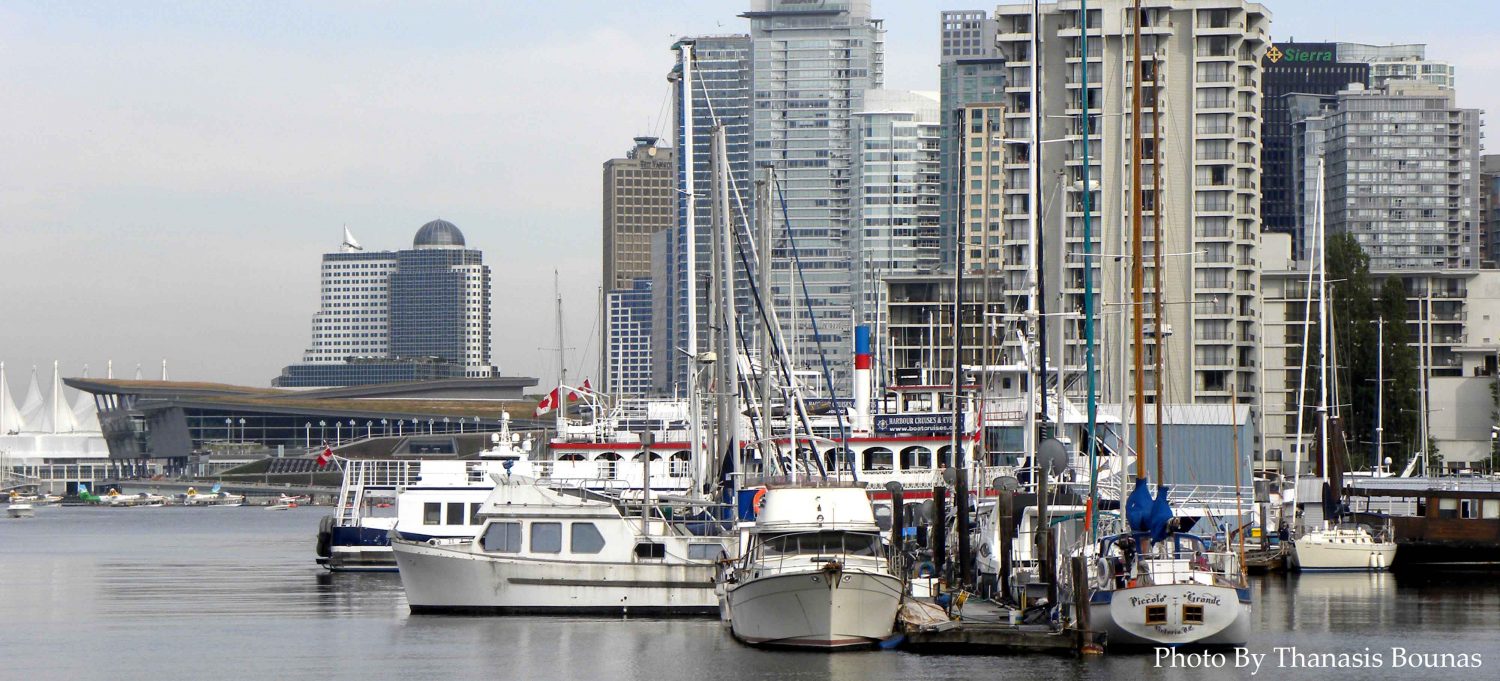
A Land Shaped by Time and Spirit
Long before the rise of modern cities and ports, the lands and waters of Vancouver, British Columbia, Canada were home to thriving Indigenous Nations.
These were not empty frontiers, but living landscapes filled with meaning, stories, and ancestral connections.
For thousands of years, the Indigenous Peoples of the region lived in balance with the forests, rivers, and coastline, building societies grounded in respect and reciprocity.
The Three Host Nations
The Vancouver area rests on the traditional and unceded territories of the Musqueam, Squamish, and Tsleil-Waututh Nations.
Each Nation possesses its own language, governance, and history, yet their territories overlap across the Burrard Inlet, Fraser River, and surrounding mountains.
Their relationship with the land and sea shaped every aspect of life — from food systems and travel routes to art, spirituality, and community structure.
These Nations continue to guide the stewardship of the region to this day.
Musqueam Territory and the Fraser River
To the south and east, the Musqueam people — whose name means “place of the river grass” — have lived along the Fraser River for millennia.
Their villages, including xʷməθkʷəy̓əm, served as vital hubs for fishing, trade, and ceremony.
Salmon was more than sustenance; it was sacred, forming the foundation of cultural identity and social structure.
The Musqueam maintain one of the oldest living cultures on the west coast of Canada, preserving their language hən̓q̓əmin̓əm̓ and ancestral teachings.
Squamish People and the Coastal Mountains
To the north, the Squamish Nation inhabited a vast territory stretching from Howe Sound to Burrard Inlet.
They were expert canoe builders, traders, and navigators who traveled the inlets and islands that now form the heart of Metro Vancouver.
Their oral histories tell of ancient flood stories, mountain spirits, and places of great power — narratives that continue to define the land’s spiritual geography.
The Squamish language, Sḵwx̱wú7mesh sníchim, is still taught and spoken today as part of cultural revitalization efforts.
Tsleil-Waututh People and the Inlet
The Tsleil-Waututh Nation, whose name means “People of the Inlet,” lived around what is now the Burrard Inlet and the North Shore.
Their communities relied on the rich marine environment — fishing, hunting, and gathering shellfish along the tidal shores.
For the Tsleil-Waututh, every waterway held both physical and spiritual importance, linking generations through ceremony and oral tradition.
Their deep connection to the inlet continues as they protect and restore its ecosystems for future generations.
Economy, Trade, and Cooperation
Before European contact, the Indigenous Peoples of British Columbia maintained complex systems of trade and diplomacy.
Networks stretched from the coast to the interior, exchanging salmon, cedar, obsidian, and mountain goat wool.
These trade routes also carried songs, stories, and alliances, strengthening relationships among Nations.
Wealth was shared through potlatch ceremonies, where communities celebrated generosity, status, and cultural continuity.
Art, Storytelling, and Language
The art of the coastal Nations reflected both identity and belief.
Totem poles, carvings, and woven blankets told ancestral stories, marking clan history and spiritual lineage.
Languages — including hən̓q̓əmin̓əm̓, Sḵwx̱wú7mesh sníchim, and Hul’q’umi’num’ — carried the geography and philosophy of the land within their words.
Each phrase held a worldview, connecting people not just to each other, but to every living being around them.
Respect for the Land and Sea
The pre-colonial era in Vancouver, British Columbia, Canada, was defined by harmony with nature.
The Indigenous Peoples practiced sustainable harvesting, controlled burns, and ecological management long before these were modern concepts.
Every fish caught, every cedar felled, and every shell gathered was done with ritual acknowledgment and gratitude.
Their stewardship practices continue to influence environmental ethics today.
The Arrival of Change
The late 18th century brought European ships to the coast, marking the beginning of a new and difficult era.
For the Indigenous Peoples, contact meant trade and curiosity at first — but it soon led to disease, displacement, and colonization.
Yet their presence never disappeared.
The Musqueam, Squamish, and Tsleil-Waututh remain the original stewards of this land, and their voices are now central to Vancouver’s future.
In Reflection
The story of Indigenous Peoples (Pre-Colonial Era) in Vancouver, British Columbia, Canada, is one of depth, resilience, and continuity.
It reminds us that history did not begin with colonization — it began with the first cedar trees, the first salmon run, and the first stories told by firelight.
To walk along Vancouver’s waterfront or through Stanley Park is to tread on ancient ground, rich with memory and meaning.
This land still speaks — through the people who have always called it home.










Be the first to comment